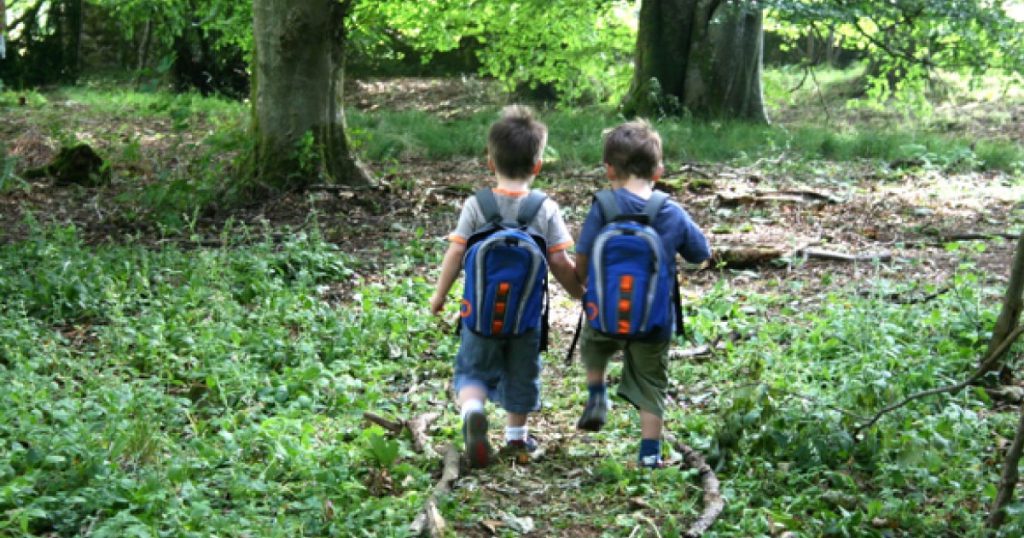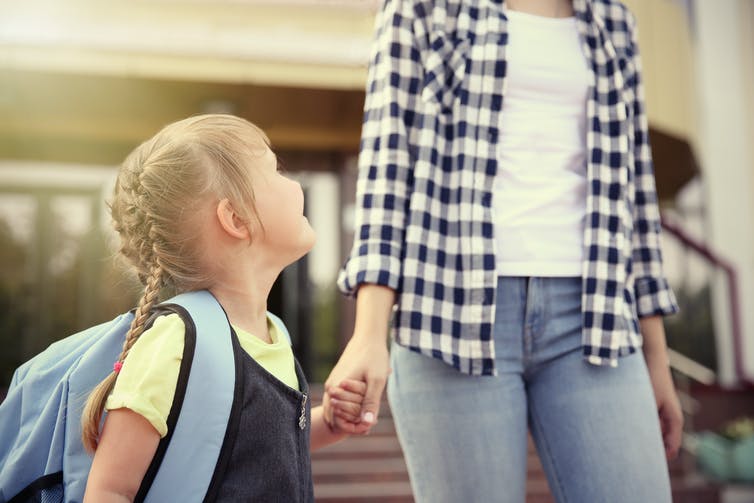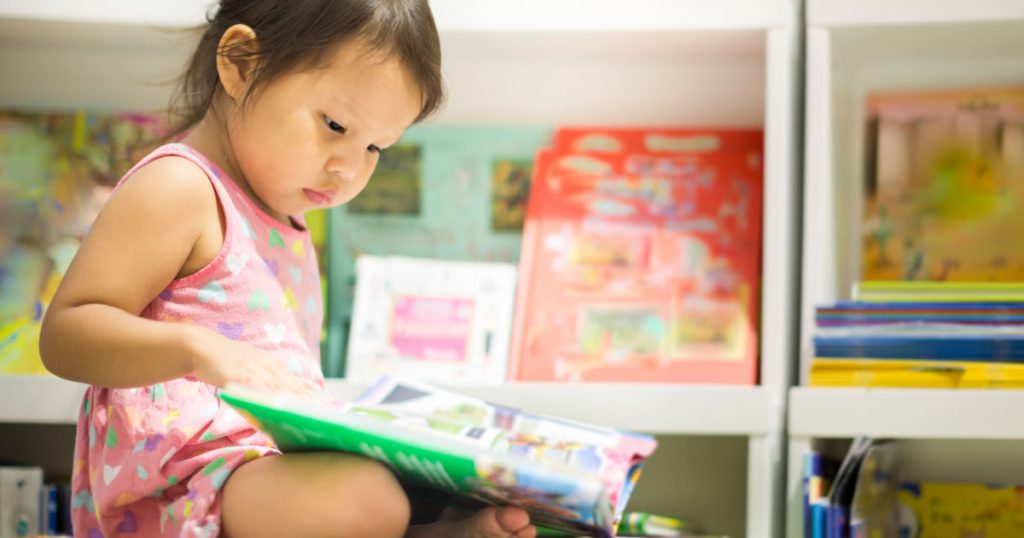A play-framework for play-based learning and intentional teaching in early childhood education
Balancing open-ended play and intentional teaching in early childhood education can be difficult. Open-ended play can appear to be at odds with intentional teaching. Open-ended play provides children with important opportunities for exploring materials and experimenting with ideas.
Intentional teaching considers the role of adult engagement in children’s play (Epstein, 2007). The Early Years Learning Framework (EYLF) defines intentional teaching as: ‘modelling and demonstrating, open questioning, speculating, explaining, engaging in shared thinking and problem solving to extend children’s thinking and learning’ (DEEWR, 2009, p. 5). In our work we have addressed the difficulty of balancing open-ended play with intentional teaching by developing the ‘play-framework’.
What is the play-framework?
The play-framework derives from our research with children and educators. We looked at how educators could engage children in play-based learning about sustainability. The project involved 16 educators and 119 children. Educators were invited to develop play-based learning experiences with children using three main play-types (Trawick-Smith, 2012). The play-types were: open-ended play; modelled play; and purposefully-framed play (see text box below). We collected examples of the educators planning and assessing for each play-type, video-recorded children participating in play and conducted video-stimulated recall interviews with children and educators. Initially we thought purposefully-framed play would be the preferred play-type of children and educators. We thought this because this play-type contains many features of intentional teaching, such as questioning and explaining (Edwards & Cutter-Mackenzie, 2013).
Sandy uses the three play-types to support children’s learning about recycling:
Open-ended play: Sandy placed a range of different household recyclable materials in the home corner. She also included a recycling, compost and rubbish bin in the corner.
Modelled play: Sandy joined the children in the home corner and illustrated which items could be placed in the different bins through role-play.
Purposefully-framed play: Sandy invited the children to discuss their home recycling practices, to read books with her about rubbish and to view video-footage about the process of recycling.
Our research showed that each of the three play-types was equally valued by educators and children. Open-ended play was valued by teachers because it provided exploratory opportunities for children. Children enjoyed ‘finding out’ ideas during open-ended play. Educators appreciated illustrating concepts in action to children via modelled play. Children indicated that modelling was useful for their learning because an educator ‘showed’ them how things worked. Purposefully-framed play was important to educators because it engaged them in co-construction of knowledge with children using a range of resources. Children enjoyed this play-type because they liked ‘talking about ideas’ with their educator. An important aspect of valuing all three play-types was that educators could use the play-types in multiple combinations to support children’s learning. We represented our findings by developing the play-framework (Figure 1).
The play-framework is based on two principles for using the three play-types. Principle 1 is that all three play-types are equally valuable. Open-ended play is not valued over modelled or purposefully-framed play because it is traditionally important in early childhood education. Purposefully-framed play is not promoted over open-ended play because of new research showing that adult engagement in play is important for children’s learning (Fleer, 2010). Instead, each play-type is appreciated for what it has to offer children and educators for learning and teaching. Principle 2 is that the three play-types can be used in multiple combinations by educators to support learning. In our project, educators used the play-types in combinations across a weekly plan. However, Principle 2 can be used by educators to engage children in learning in a concept over any time period—from a matter of minutes through to a month of planned play-based learning (Cutter-Mackenzie, Edwards, Moore & Boyd, 2014).
How can the play-framework be used?
The design of the play-framework means it can be used to support children’s conceptual learning in a broad array of content areas. By identifying particular concepts from different content areas, educators can engage children in learning about science, technology, engineering and mathematics (STEM), the arts and literacy (see text box at right).

Rakhi applying play-framework to support children’s learning about primary and secondary colours:
Open-ended play: Rakhi provides the children with primary-coloured paints. The children experiment with mixing the colours together. Modelled play: Rakhi illustrates how primary colours mixed together create secondary colours. Rakhi uses the terms ‘primary’ and ‘secondary’ colours.
Purposefully-framed play: Rakhi and the children discuss what they observed during the open-ended and modelled play. They watch some video-footage on a touchscreen tablet about primary and secondary colours.
Open-ended play: Rakhi again provides the children with access to primary-coloured paints. She notes how the children deliberately mix primary colours together to create desired secondary colours.
What is the benefit of the play-framework?
The play-framework is beneficial for educators because it helps them to balance open-ended play with intentional teaching. The play-framework also benefits children’s learning because it increases their access to multiple experiences for supporting learning, including: exploration, experimentation, educators modelling, discussion, conversation and access to information resources (e.g. books, posters, video-footage). Vygotsky (2004) describes multiple learning experiences as the provision of a ‘rich reality’ for children’s learning. He argues that rich realities promote rich play. Early childhood educators understand that rich play is a strong base for learning.
Authors:
- Susan Edwards, Learning Sciences Institute Australia, Australian Catholic University.
- Amy Cutter-Mackenzie, Southern Cross University
- Deborah Moore, Monash University.
- Wendy Boyd, Southern Cross University.
References
- Cutter-Mackenzie, A., Edwards, S., Moore, D., & Boyd, W. (2014). Young children’s play and environmental education in early childhood education. Dordrecht, The Netherlands: Springer.
- Department of Education, Employment and Workplace Relations (DEEWR). (2009). Belonging, Being and Becoming: The Early Years Learning Framework for Australia. Canberra, ACT: Commonwealth of Australia.
- Edwards, S., & Cutter-Mackenzie, A. (2013). Pedagogical play-types: What do they suggest for learning about sustainability in early childhood education? International Journal of Early Childhood, 43(3), 327–346.
- Epstein, A. (2007). The intentional teacher. Choosing the best strategies for young children’s learning. Washington, USA: NAEYC.
- Fleer, M. (2010). Concepts in play: A cultural historical view of early learning and development. Cambridge, UK: Cambridge University Press.
- Trawick-Smith, J. (2012). Teacher–child play interactions to achieve learning outcomes. In R. Pianta (Ed.), Handbook of early childhood education (pp. 259–277). New York, NY: Guildford Press.
- Vygotsky, L. (2004). Imagination and creativity in childhood. Journal of Russian and East European Psychology, 42(1), 7–97.
This article was adapted from ECA Every Child Magazine Vol. 23 No. 01 2017, read the original here.

ECA Recommends
Every Child Magazine subscription
Published quarterly and beautifully designed in full-colour, it contains informative articles on such issues as health, education and social trends, and also book reviews, profiles and guest statements from well-known identities. Articles focus on aspects of early childhood from a grassroots, local level, but also look into political and national developments.
Aimed at anyone involved in the care and education of young children, Every Child is topical, diverse, but always entertaining.
Members of Early Childhood Australia receive a copy of Every Child magazine complimentary as part of their membership. Find out more and subscribe to Every Child here.



